Fear in Religion
This impressive installation, "Fear in Religion," is a powerful and cohesive series that visually articulates the intense internal struggle against the doctrines and anxieties of faith. Utilized through a consistent language of stark black and white, distressed gold, and deep shadows, the work deconstructs the themes of vulnerability, judgment, and existential dread.
The central figures, often incorporating a skull, a pierced heart, or biblically-charged animal symbols (ram/lamb), represent the emotional and intellectual core of the conflict, exposing the self to the potential violence of dogma. The recurring motif of the tarnished gold disc consistently disrupts the promise of divine comfort, transforming the halo into a source of "golden uncertainty" and broken belief. Throughout the series, elements of traditional religious iconography—like the Virgin Mary figure, ornate frame, and the Seven Swords of Sorrow—are subverted and consumed by abstract, flowing black forms, symbolizing the engulfing shadow of disillusionment and the crushing weight of religious burden.
Together, the installation functions as a map of spiritual trauma, demonstrating how faith, when taken deeply to heart, can result not in peace, but in a crippling fear of judgment, damnation, and the absolute unknown of the afterlife. The entire presentation is a confrontation with the failure of religious comforts to soothe the deepest existential anxieties.
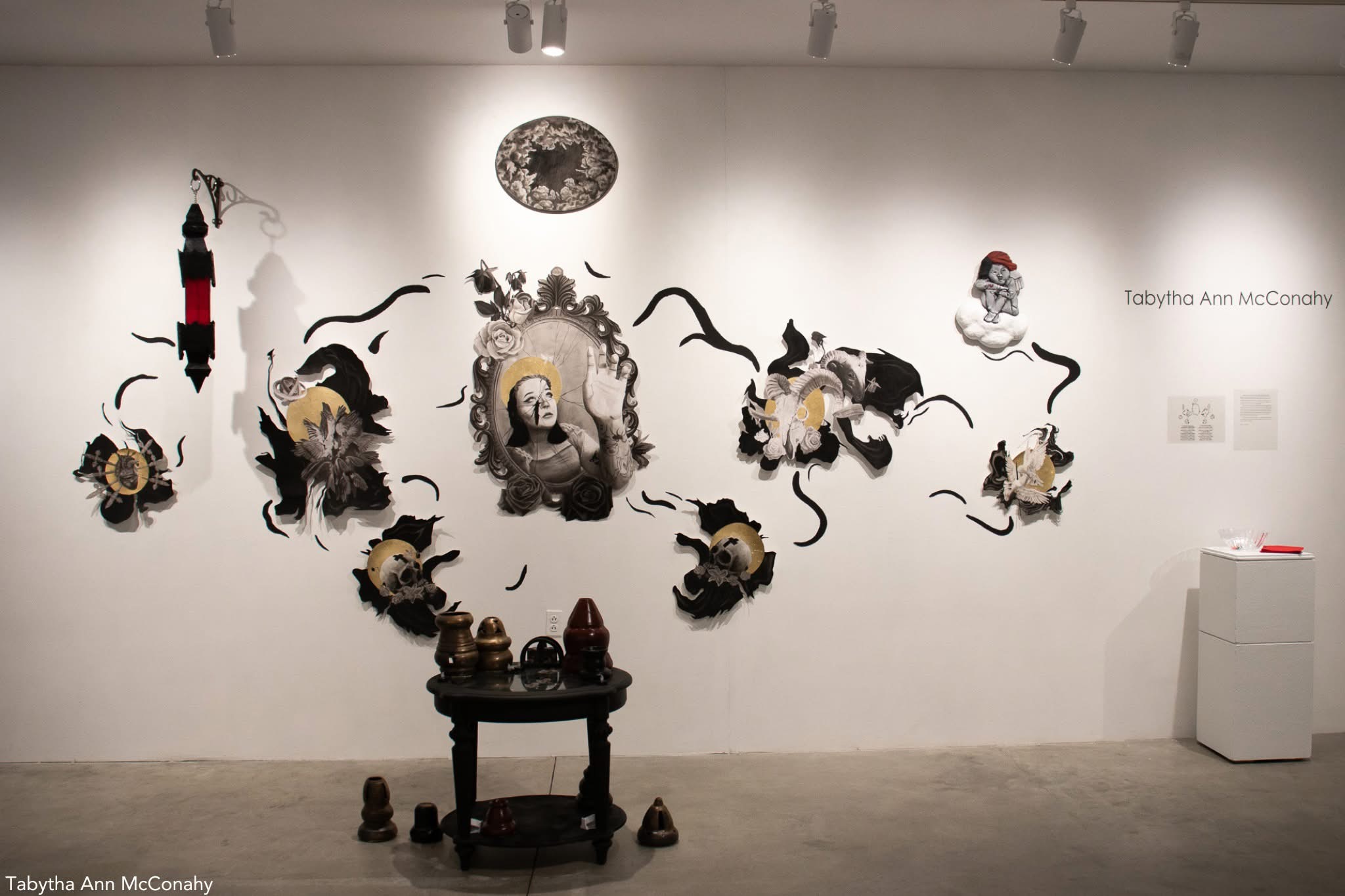
.jpg)
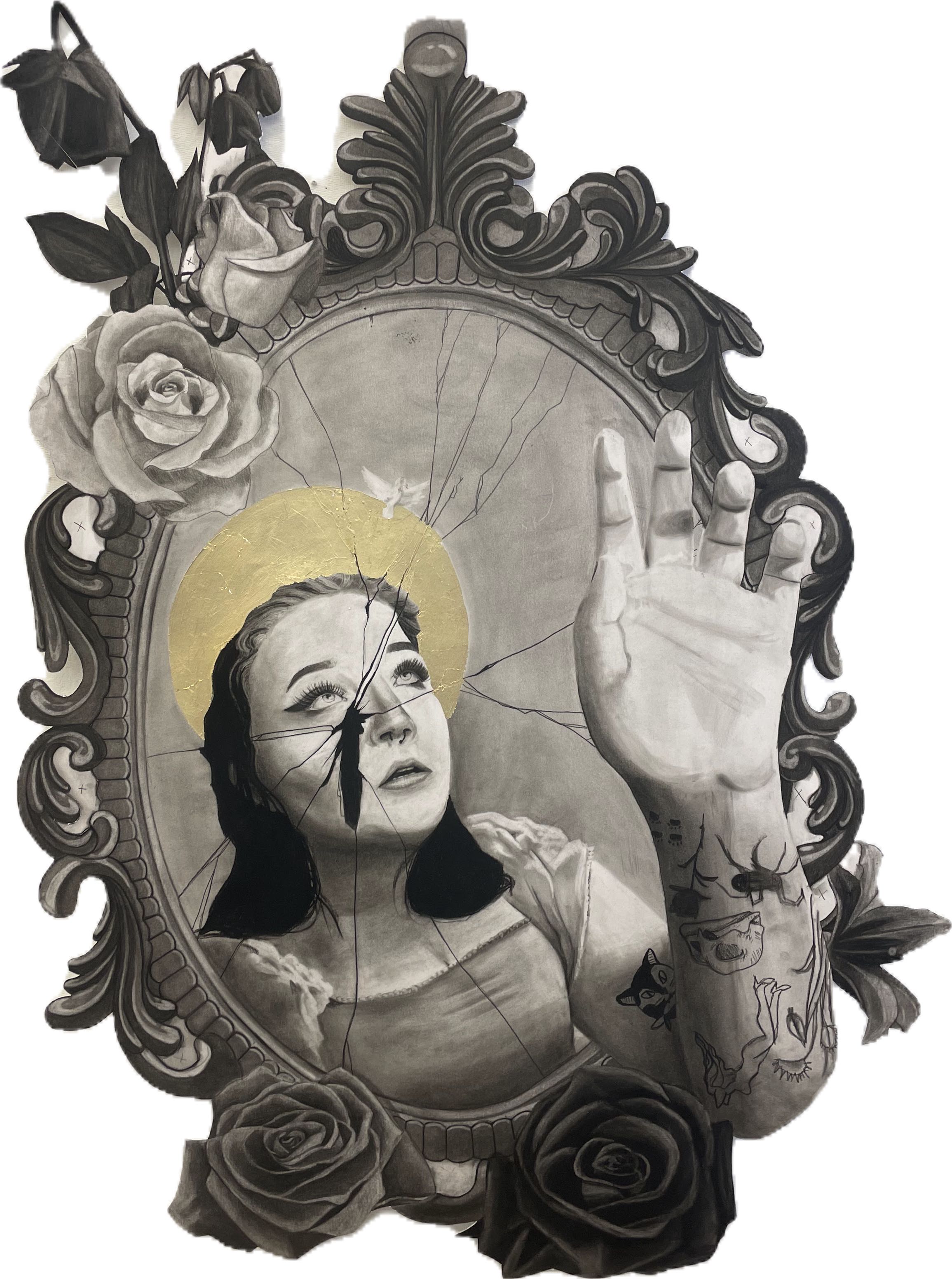
.jpg)
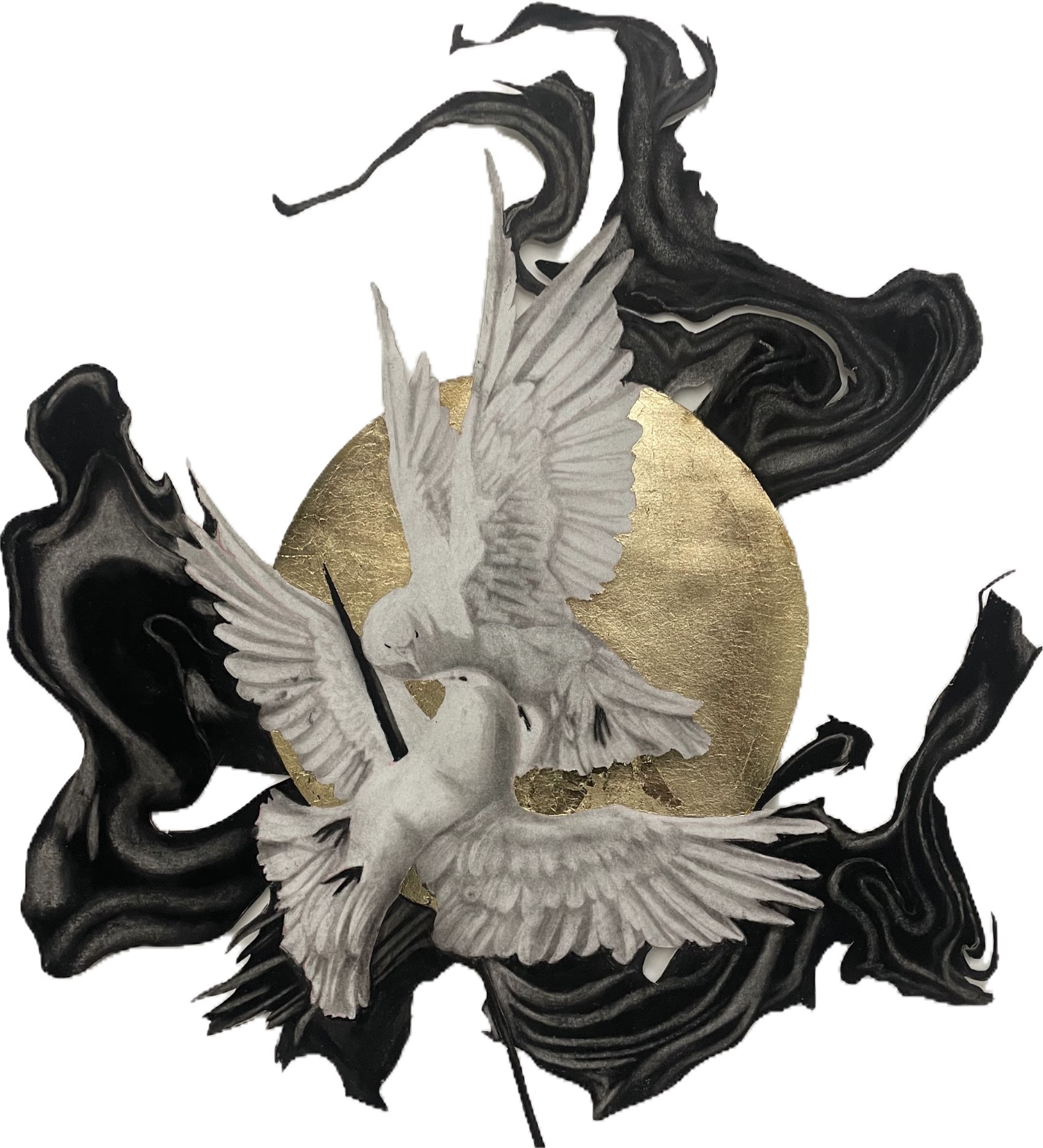

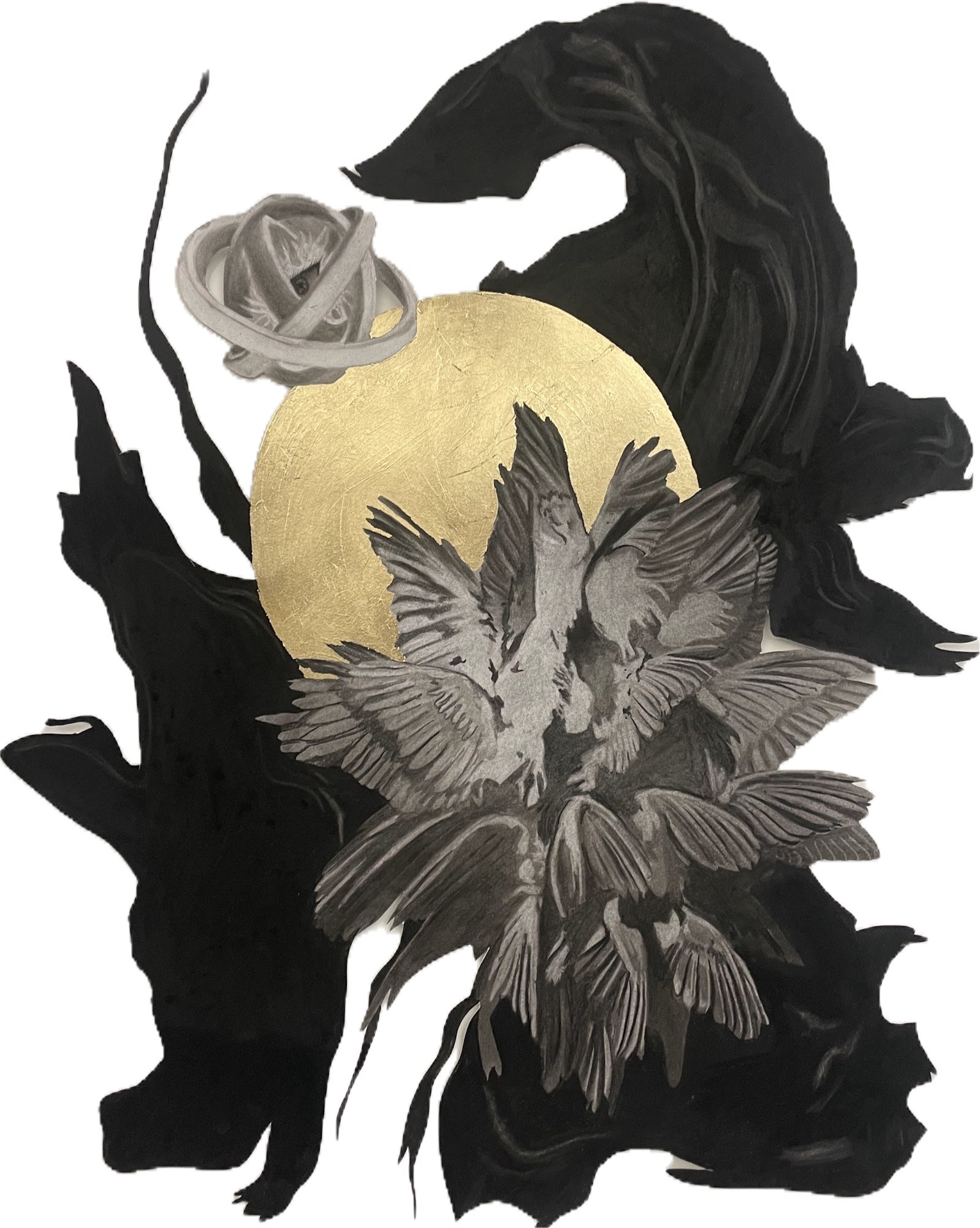
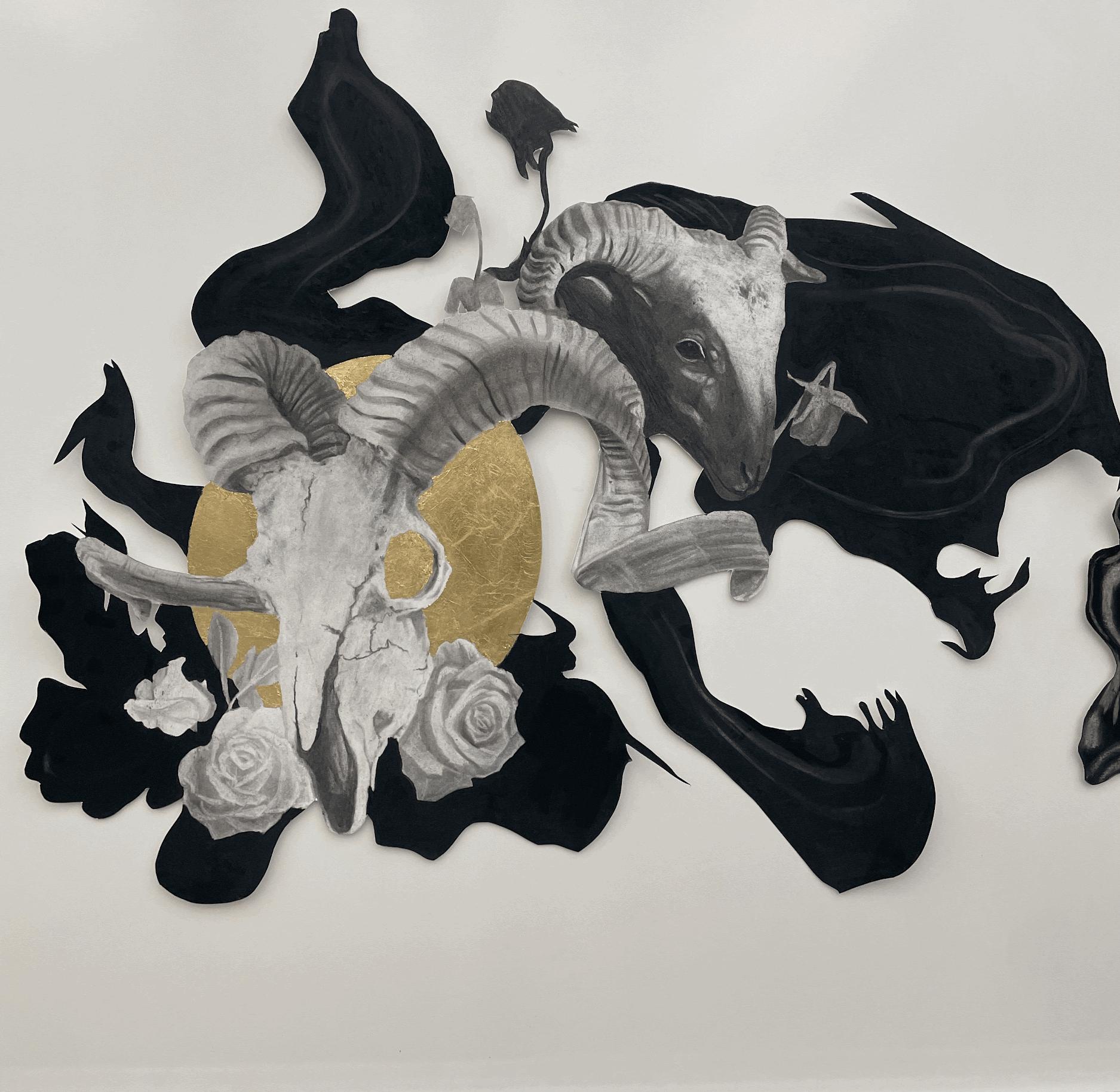

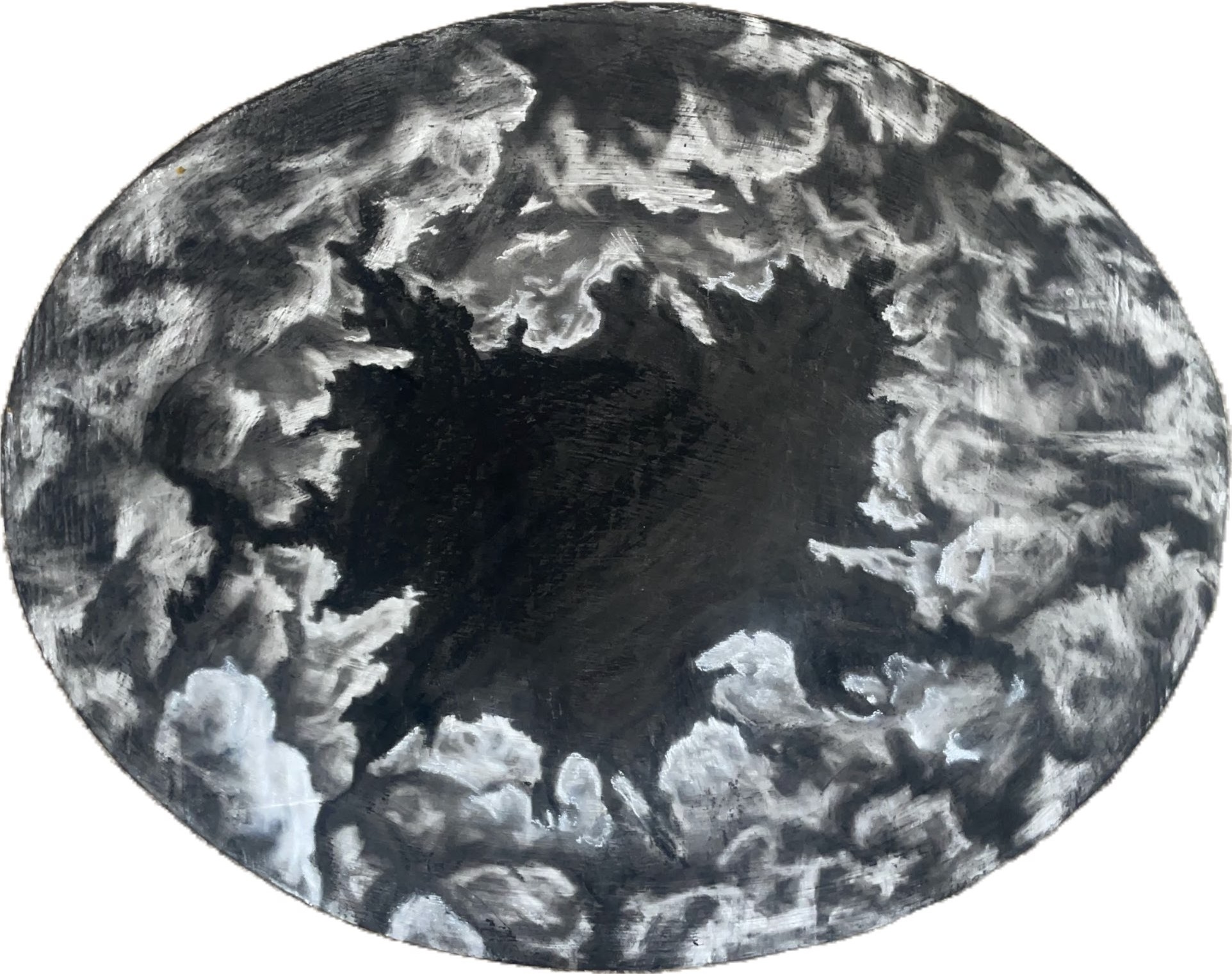

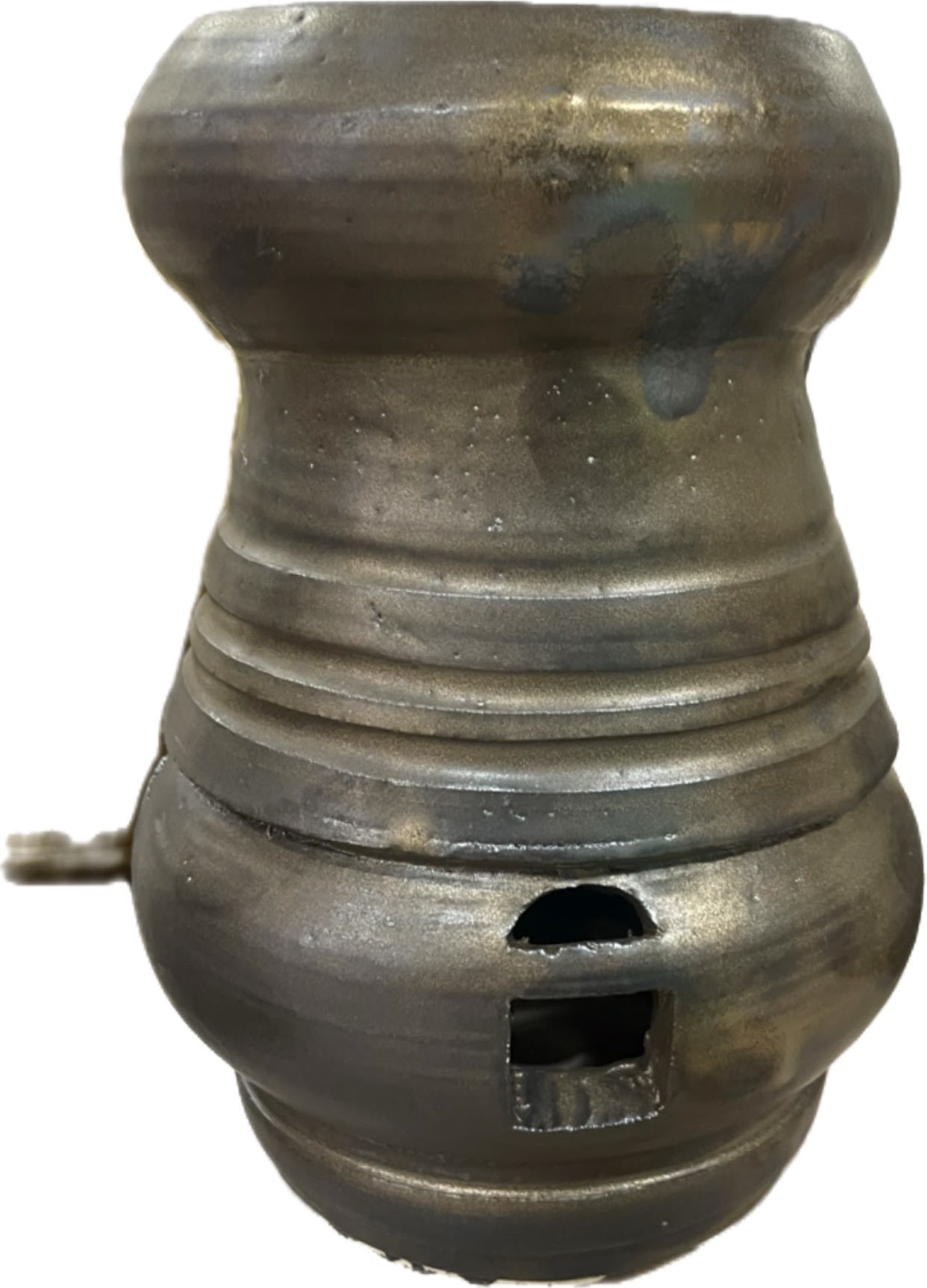

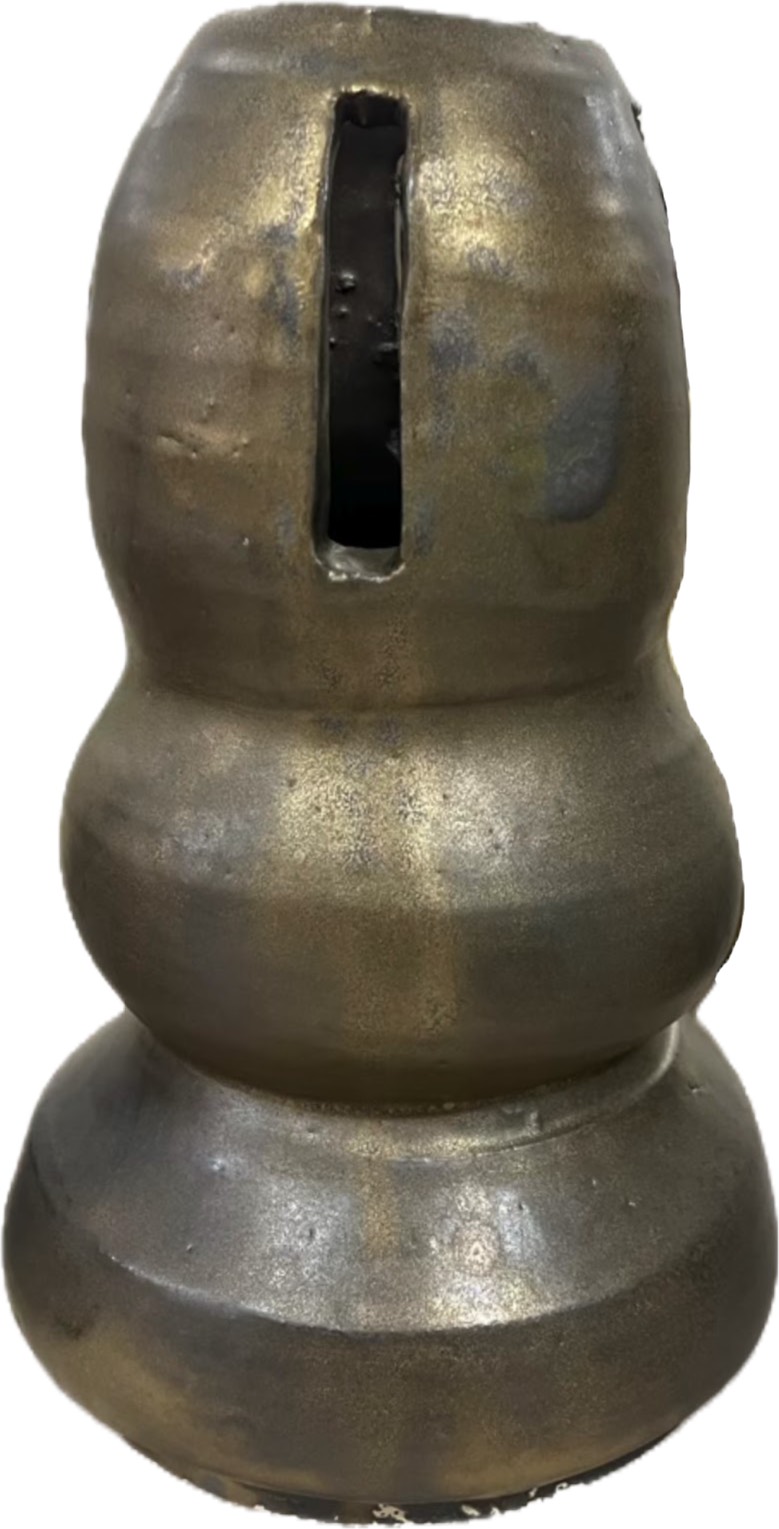

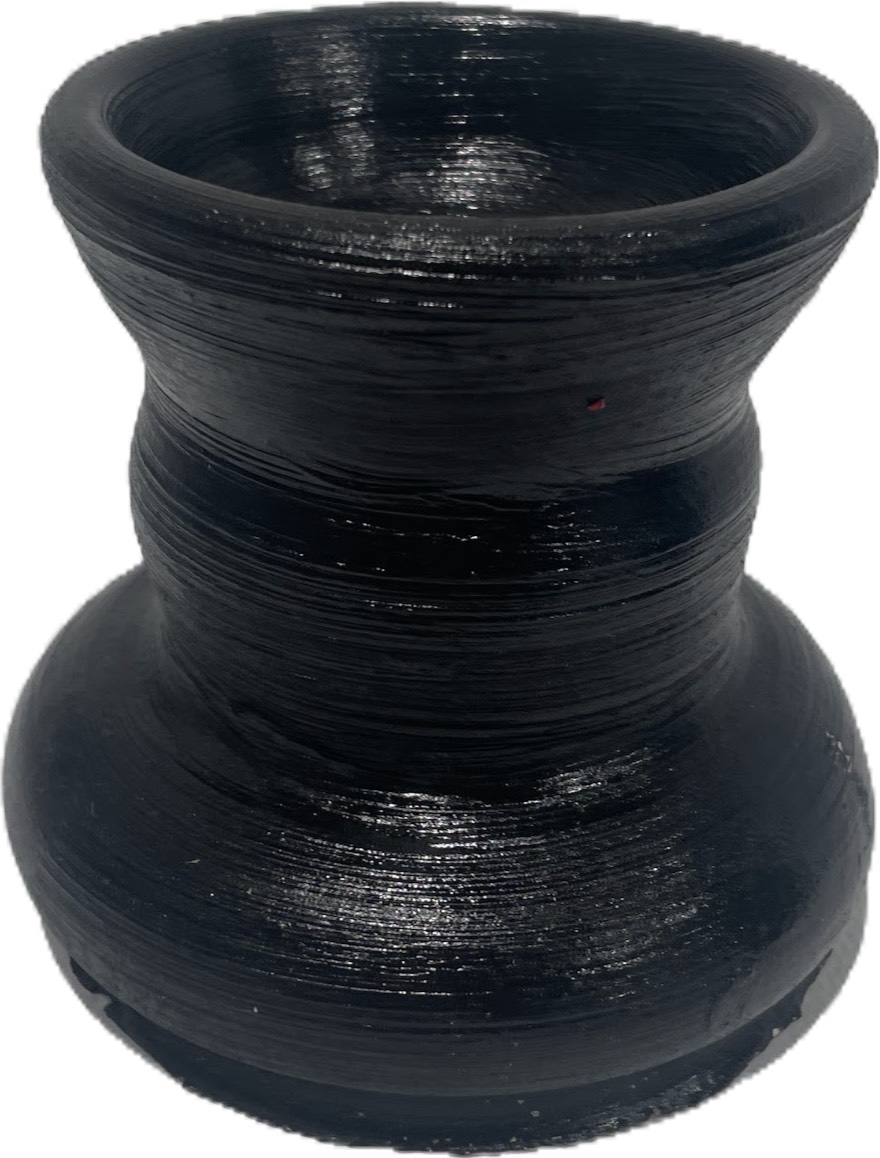
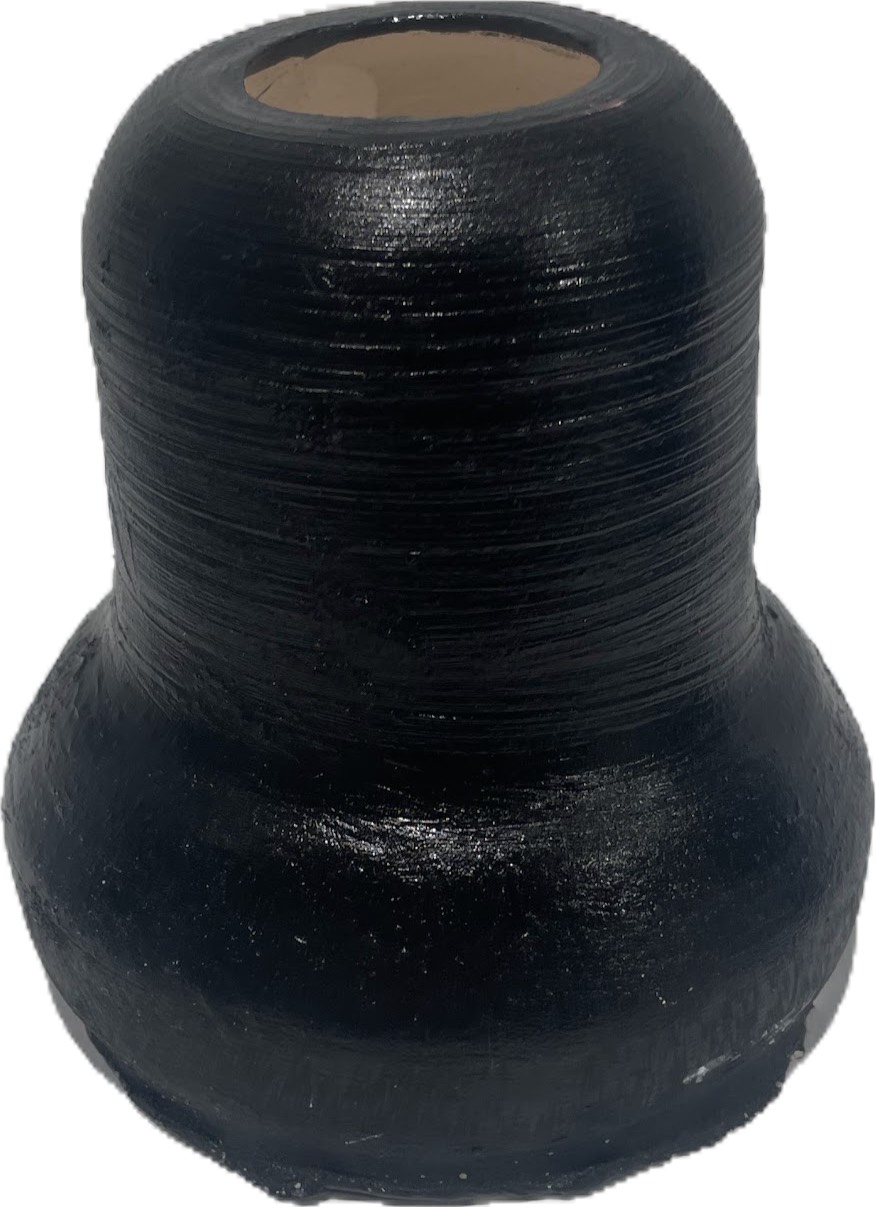



.jpg)

.jpg)














